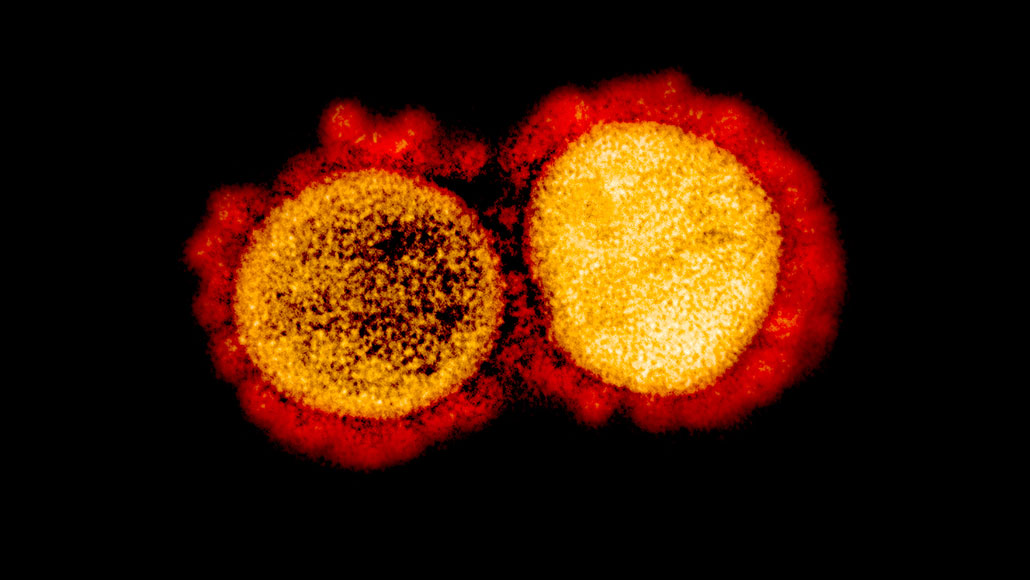There are two versions of the coronavirus. One’s not more dangerous than the other
Factors such as a person’s age and white blood cell counts matter more for disease severity

Two main versions of the coronavirus (two color-enhanced virus particles shown in this transmission electron micrograph) exist, but one doesn’t make people any sicker than the other, a new study finds.
NIAID








